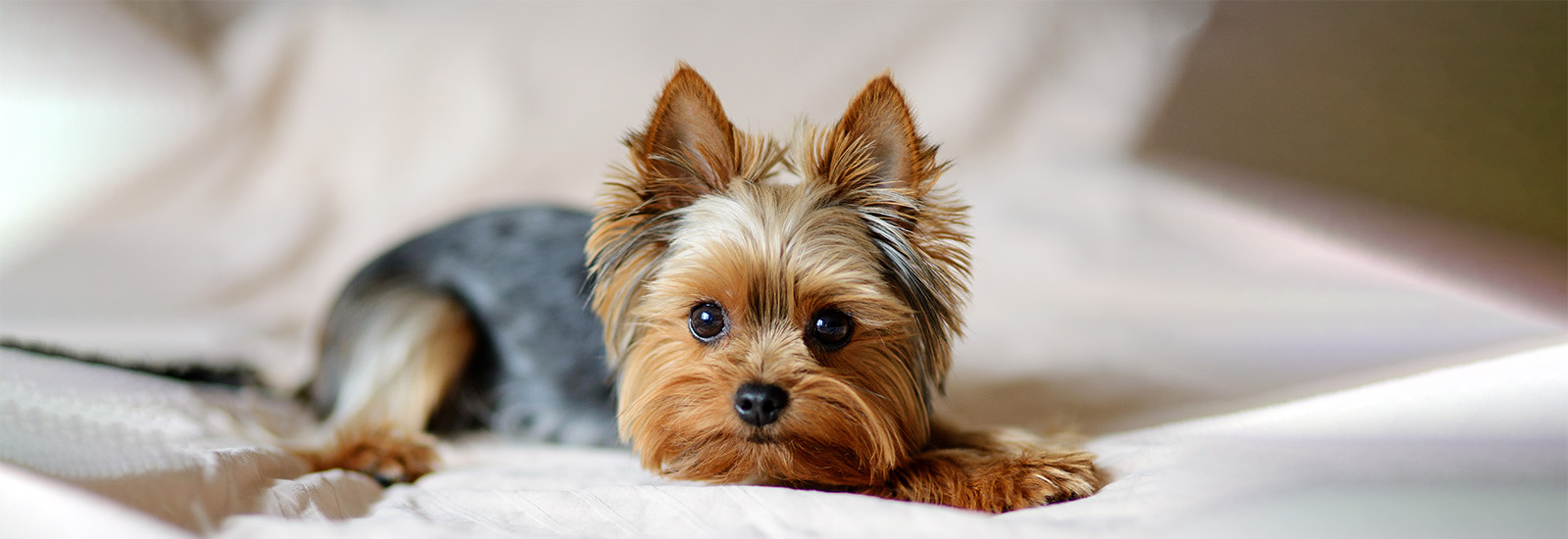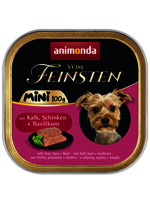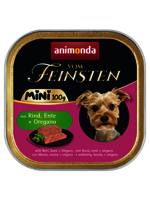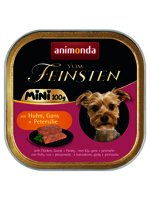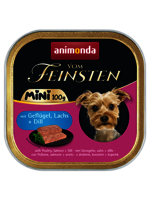Feeding small dogs properly
Small dogs are more agile, they have a faster metabolism and they get cold more easily. Some are also very choosy about what they eat. This has an impact on their diet: they need a high-quality, easy-to-digest food that tastes delicious and also provides them with plenty of energy.
How much do small dogs eat?
Dogs with a shoulder height of less than 40 centimetres are generally described as small. Most weigh ten kilograms or less, while some are as light as 1 kg. Although size has a significant impact on the amount of food a dog needs, its activity level is also decisive. Terriers, for example, are often known for being constantly on their feet and scurrying around. They use up a lot more energy than dogs who prefer to take things more slowly. And physical attributes also have an effect on how much food small dogs require. A dog with a thick coat and undercoat is much better protected against energy loss than a slender dog with a thin coat. Even a dog’s height can influence the amount of food it eats: in winter, dogs with short legs tend to cool down more quickly because their bodies are closer to the cold ground and they are more likely to come into contact with snow.
The right amount of food for small dogs
The above examples clearly show that it is not possible to say that a dog weighing four or eight kilograms needs exactly this or that amount of food. The feeding recommendations therefore simply serve as a guide and show a typical average amount. The exact quantity of food that your own small dog needs can vary upwards or downwards. Do an assessment of your pet’s level of activity, weight, size, coat condition and the surrounding environment. If you are not sure about the amount of food you should give your dog, then assess it visually (experts refer to this as determining the Body Condition Score = BCS) and weigh it every now and then. Alternatively, ask your vet or breeder about the optimal weight for your dog. This will provide you with a good guideline.
If your dog is a little overweight, slightly reduce the amount of food you give it. Alternatively, consider whether you may be letting it have too many treats. Especially with small dogs, many dog owners tend to forget that a snack can account for quite a large proportion of the energy their pets require. If this is not subtracted from the total amount of food the dog receives, there is a risk of obesity.
Feeding small dogs healthily
The diet of small dogs differs from that of larger ones: for example, a dog weighing ten kilograms does not eat a quarter of the amount eaten by a dog weighing forty kilograms. It requires more food percentage-wise. There are several reasons for this: small four-legged friends are often more agile than larger dogs. They also have a more active metabolism, which leads to a higher consumption of energy. Physical factors also play a role: for example, a smaller body cools down more quickly than a large one and therefore requires more energy to maintain the body temperature by means of shivering. This is why, in relation to their body size, small dogs need more food than large ones.
However, it is important to be careful: overfeeding should be avoided at all costs, because being overweight is not good for any dog. In the case of a small dog, just one extra kilogram can mean that it is significantly overweight. Always keep an eye on the amount of food your dog receives. With wet food this is relatively easy; you can, for example, give your pet half the contents of a tray with the weight printed on it. In the case of dry food, it may be advisable to weigh the food.
Tip:
Because small dogs have a relatively short gastrointestinal tract, it is beneficial for their digestion and energy intake if their daily ration is split into two to three meals.
Food for small dogs
Small, active dogs consume a great deal of energy. Per kilogram of body weight, they require twice as many calories as a large dog. This is why they need a high-quality food that provides them with all the energy they require and all the important nutrients. However, this alone is not enough. The little gourmet should also like eating the food, or else it may leave some of it in the bowl. To cater for their discerning and demanding tastes, “Vom Feinsten” is the perfect choice. On the one hand, it is packaged in practical 150-gram trays, which provide an ideal portion for small dogs. On the other hand, the delicious food is available in many varieties: for example, “Turkey and lamb”, “Beef with chicken filet”, “Chicken with bananas” or “Poultry with pasta”. Pamper your four-legged friend with our delicious food that makes the heart of any dog beat faster.
You may also like this
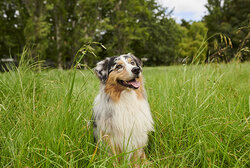
Good dog food
How to easily recognise a good dog food
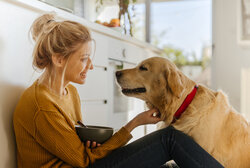
Dangerous food for your dog
You should not give these food items to your dog
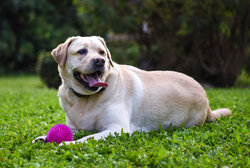
Excess weight in dogs
Obesity causes a variety of health problems
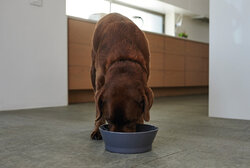
Feeding your dog properly
There are a few things to consider regarding everyday feeding

